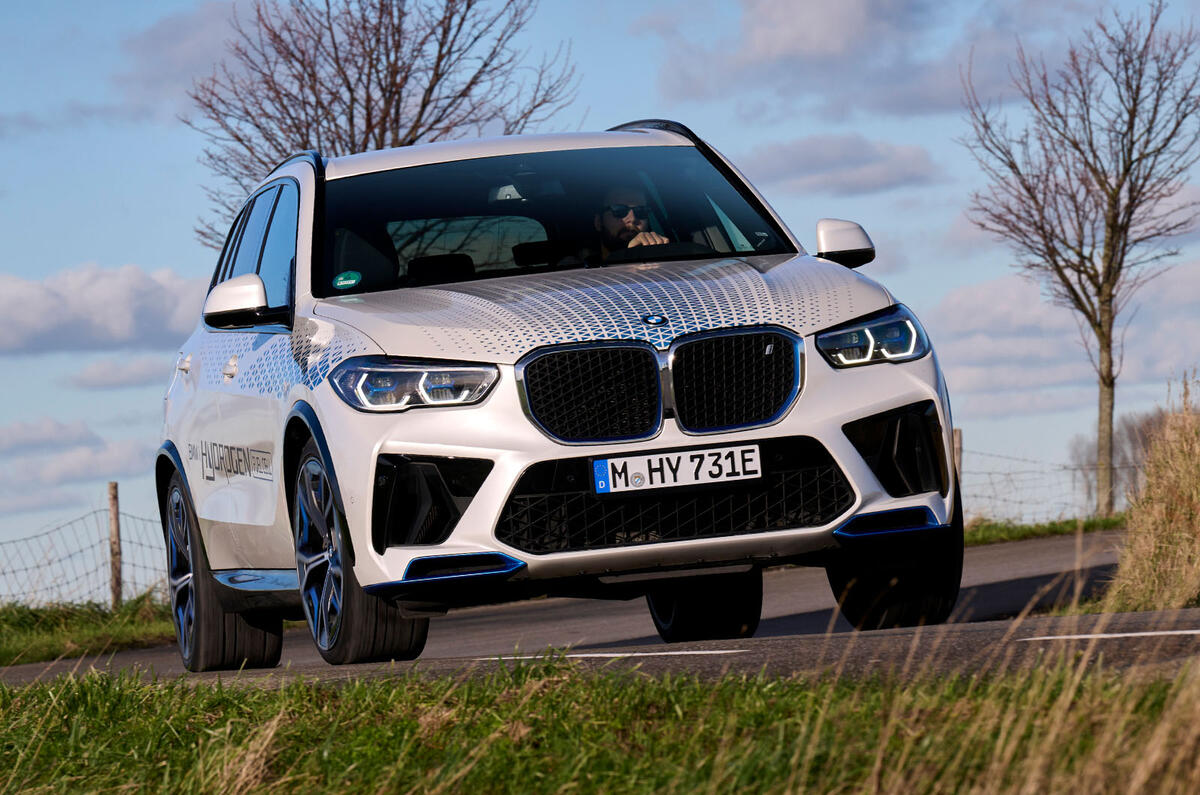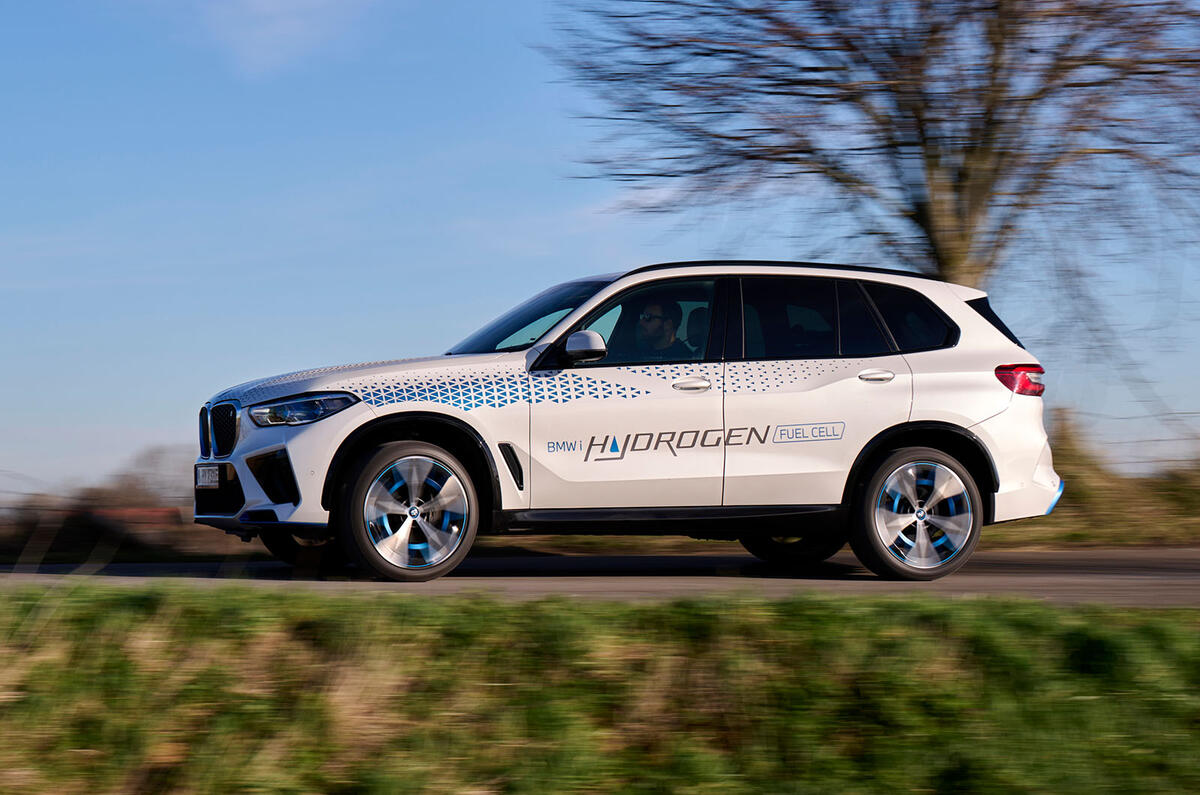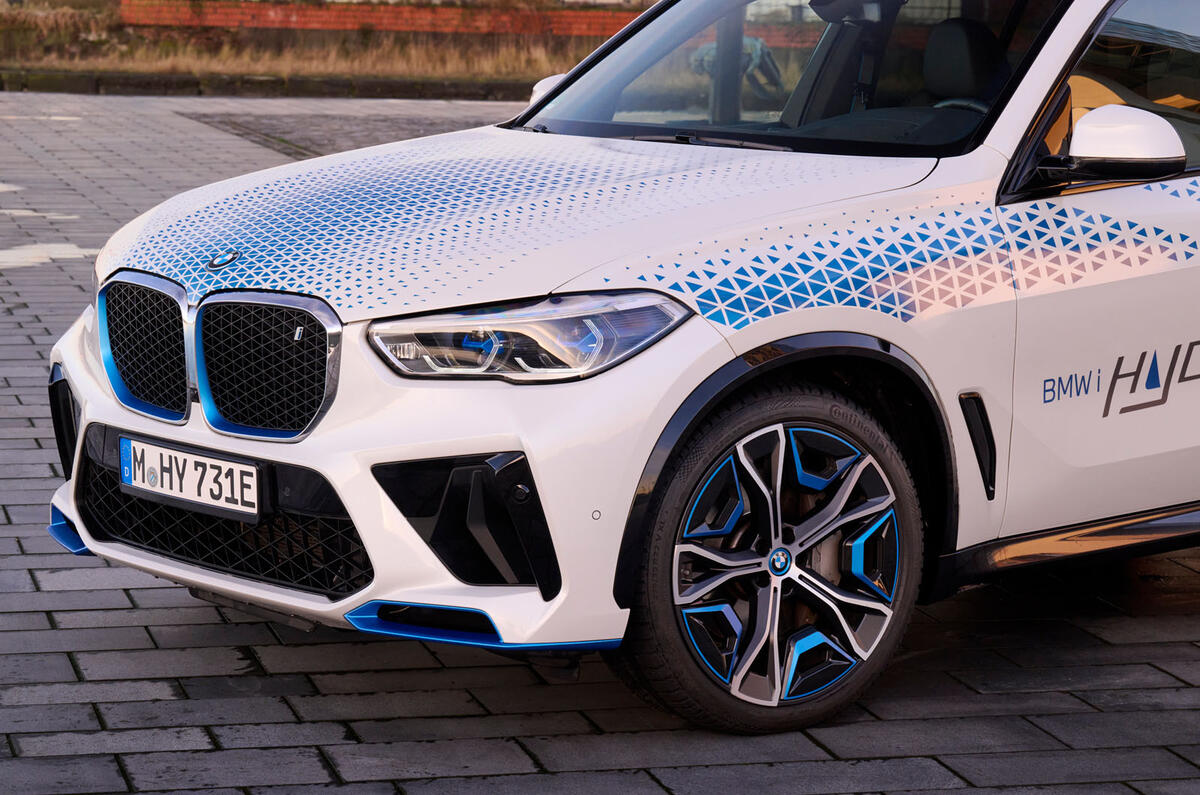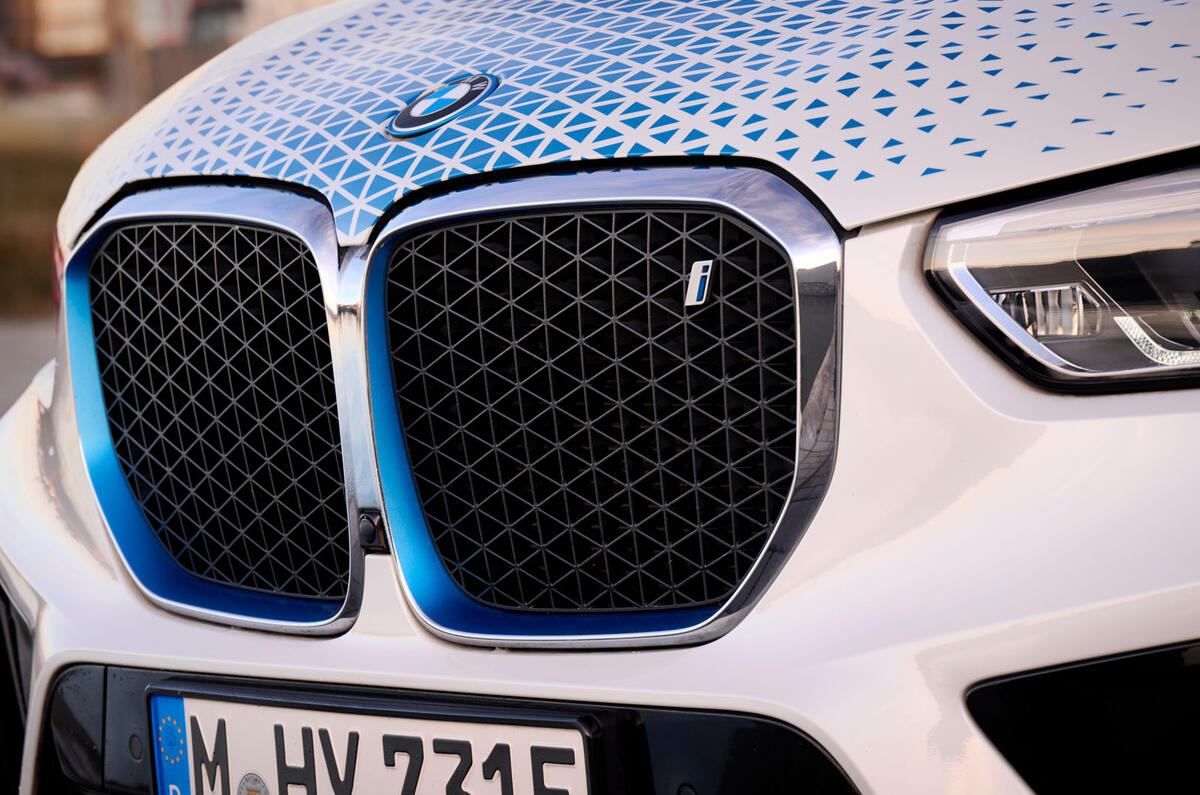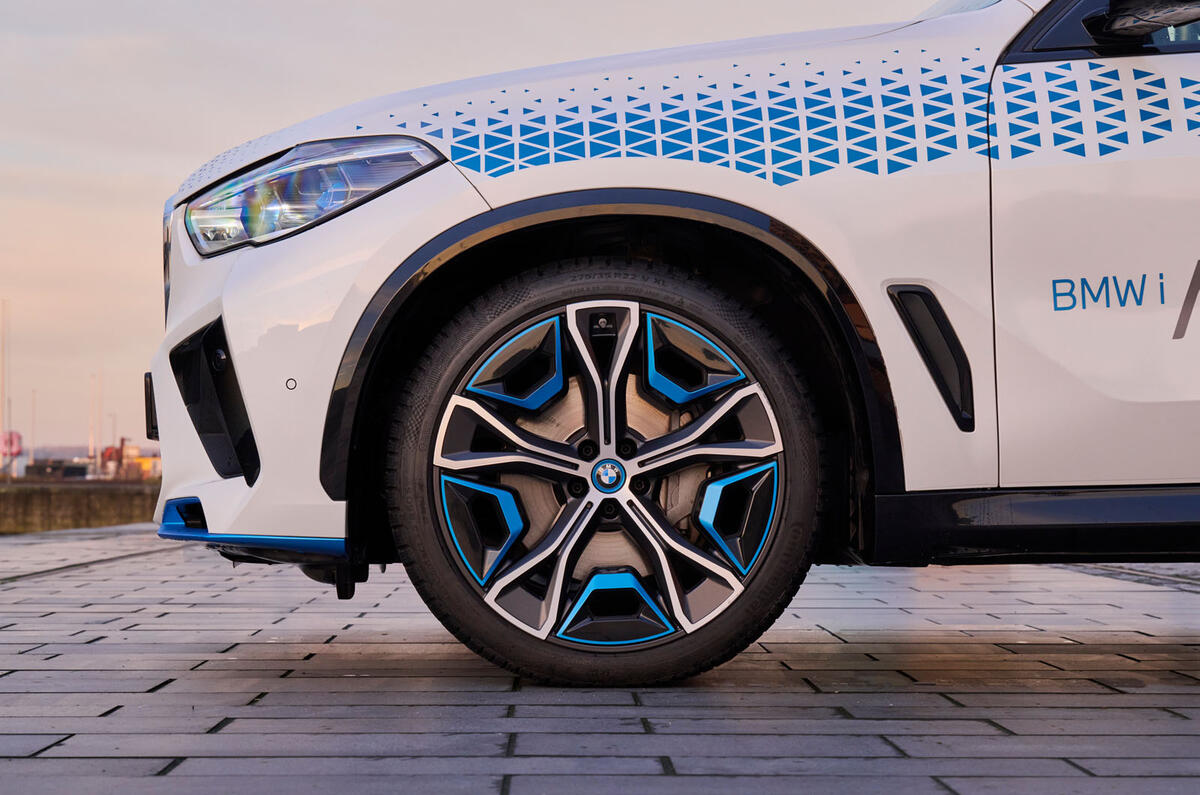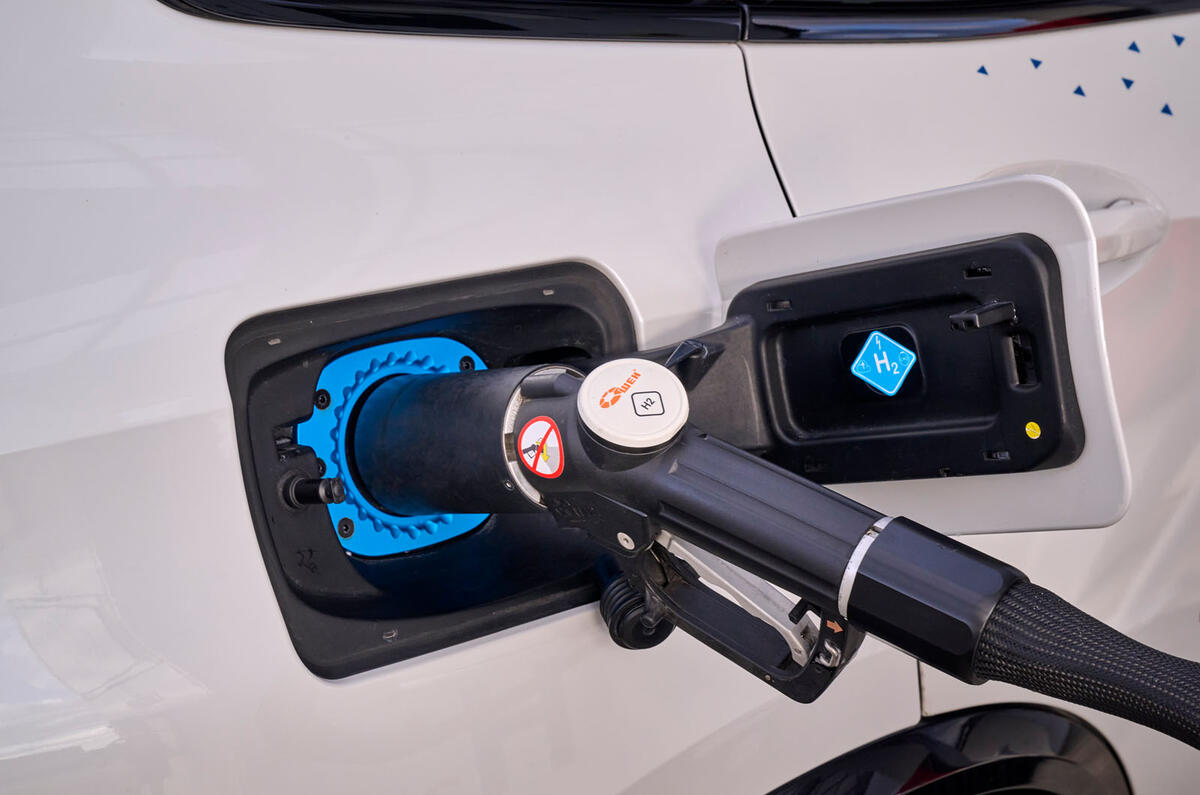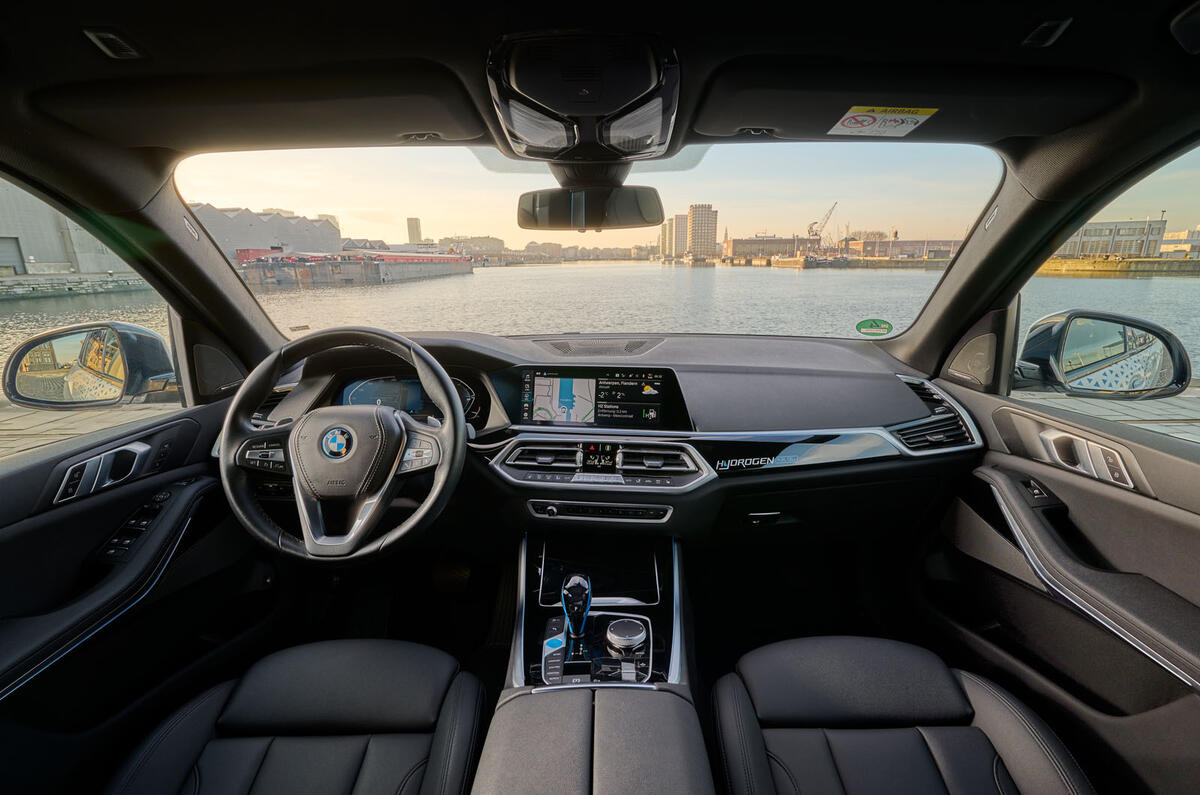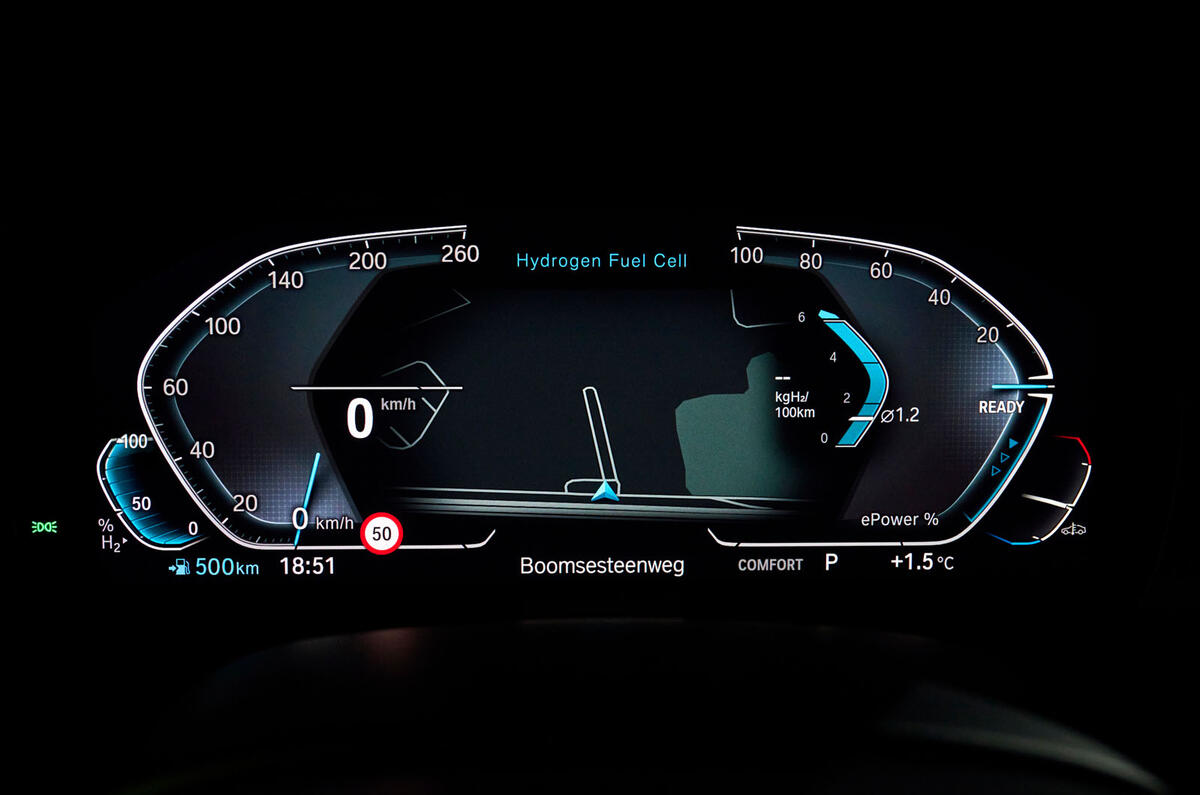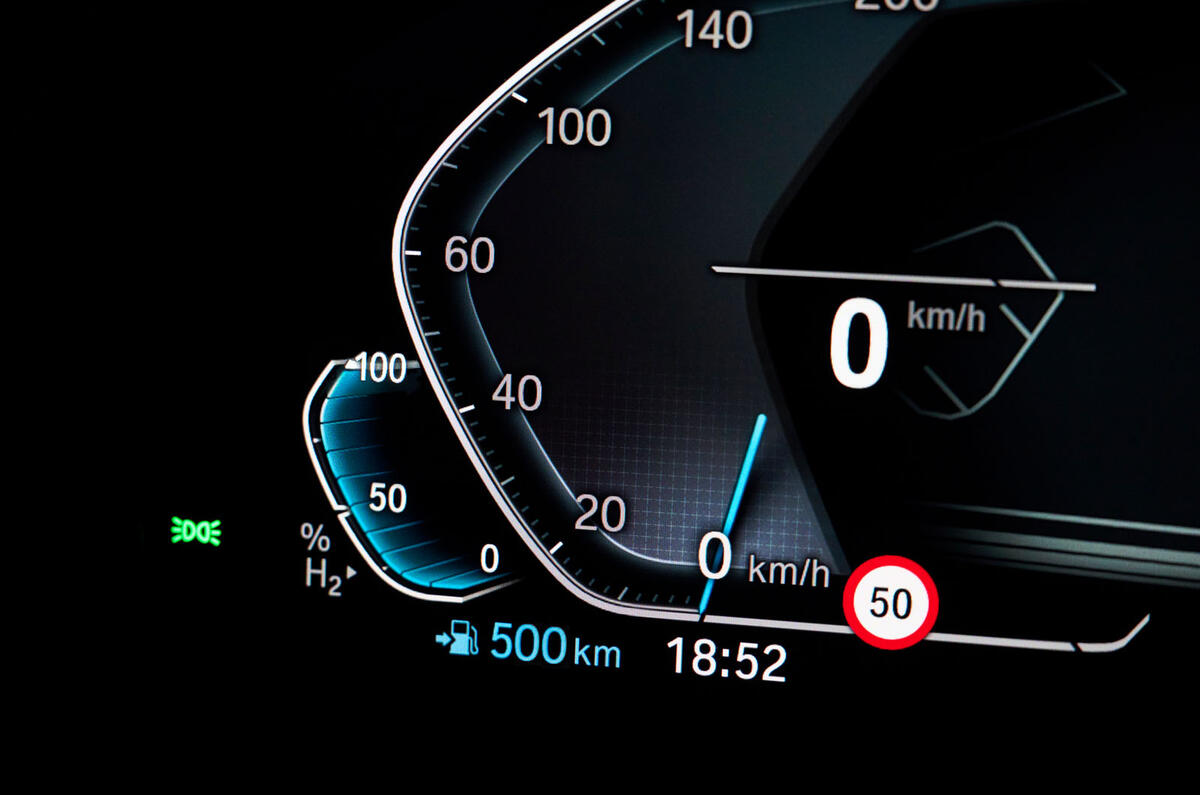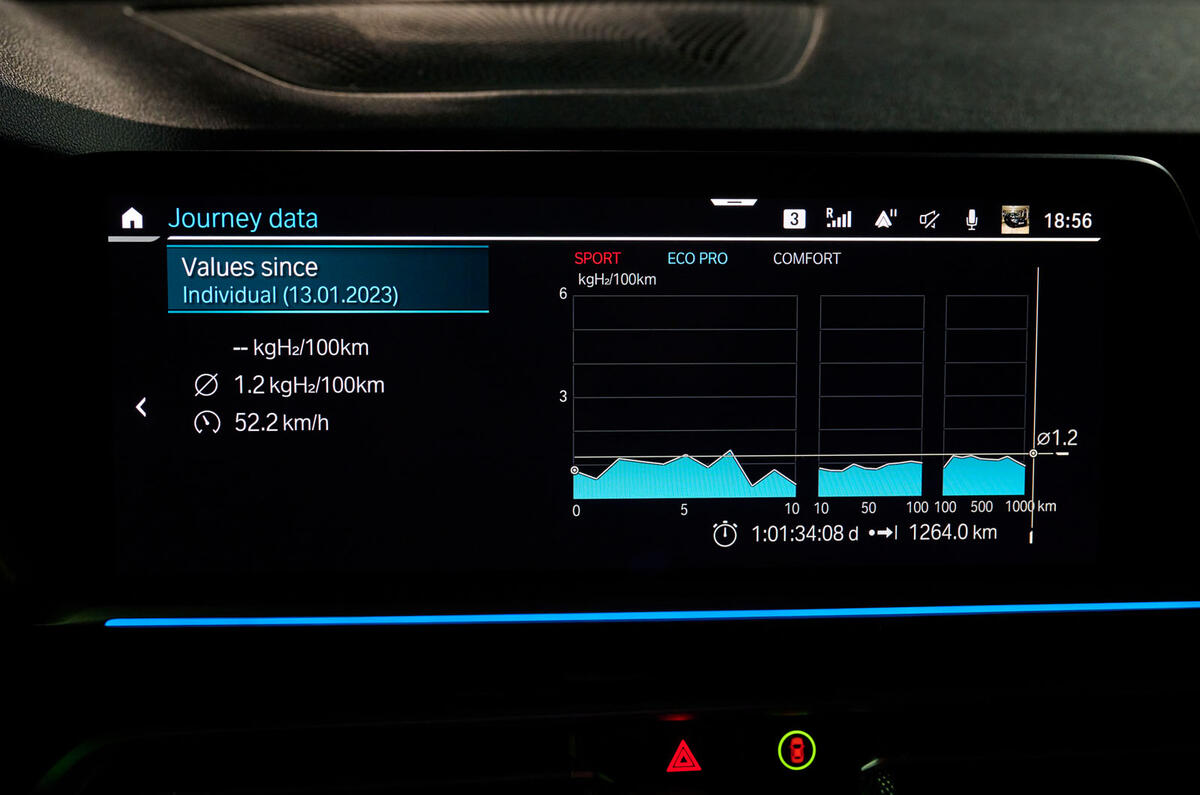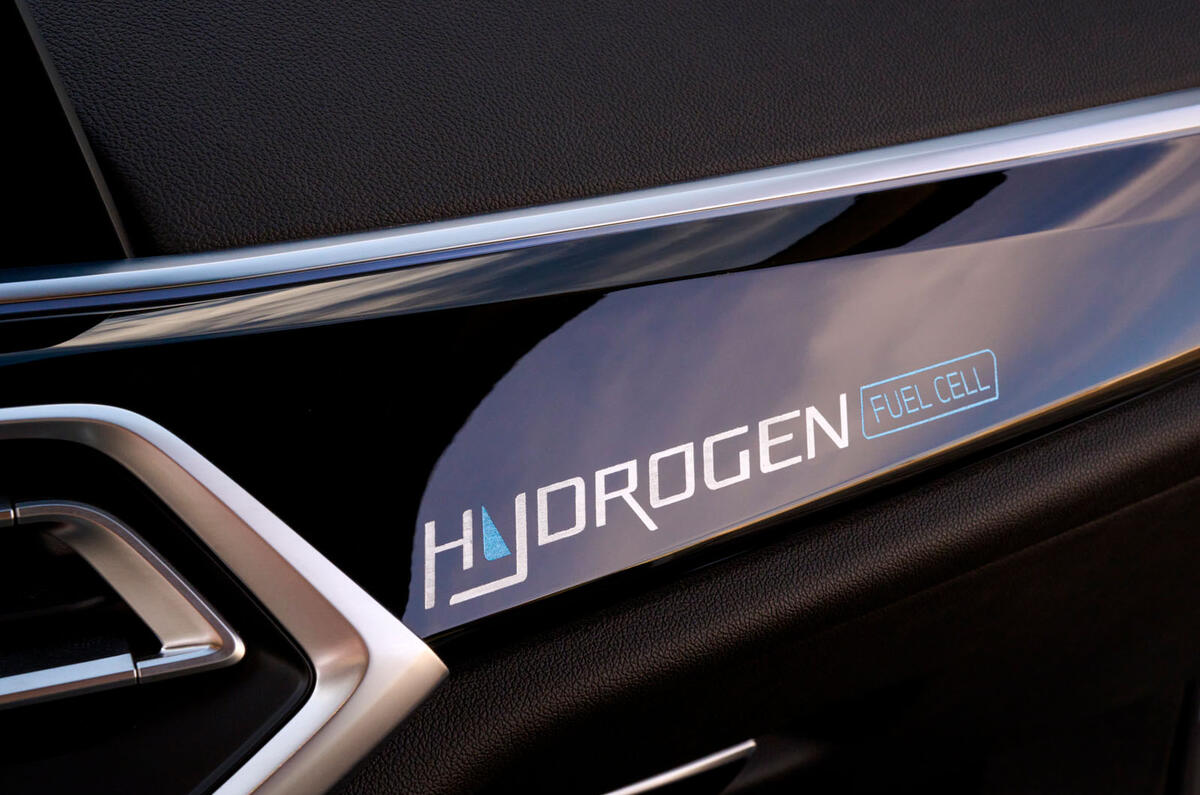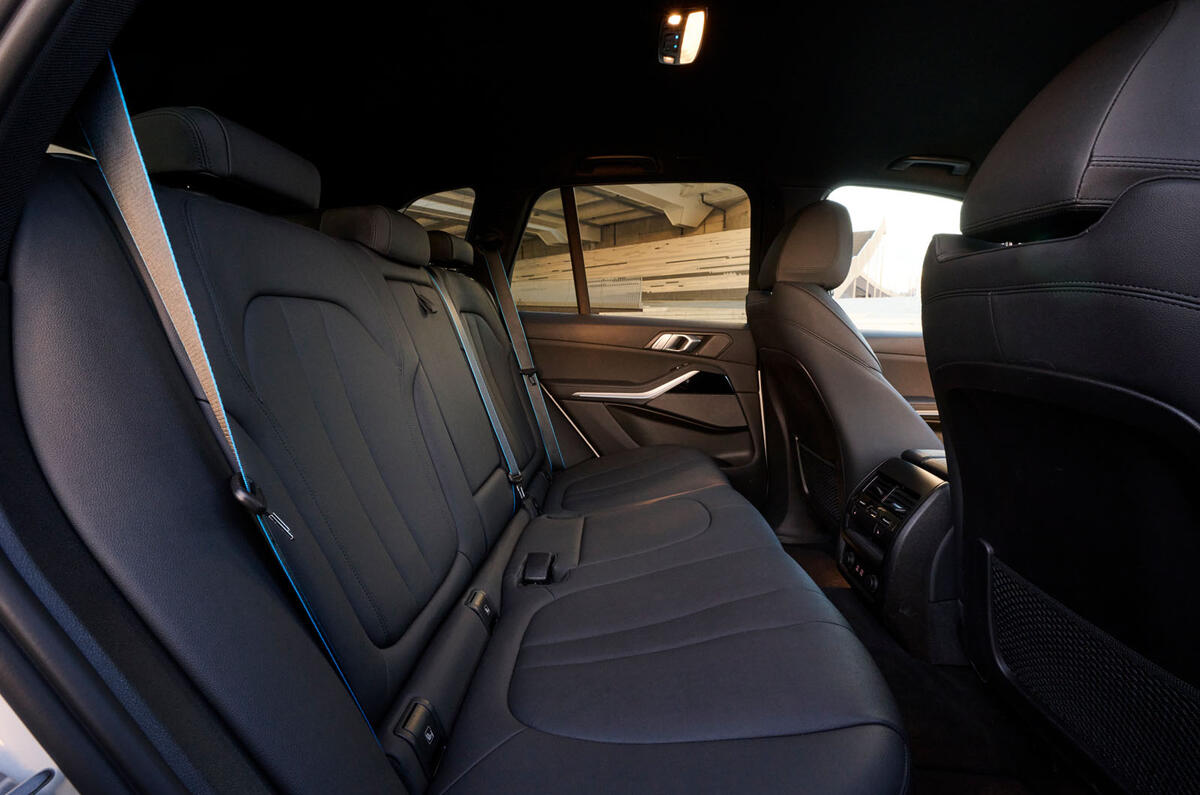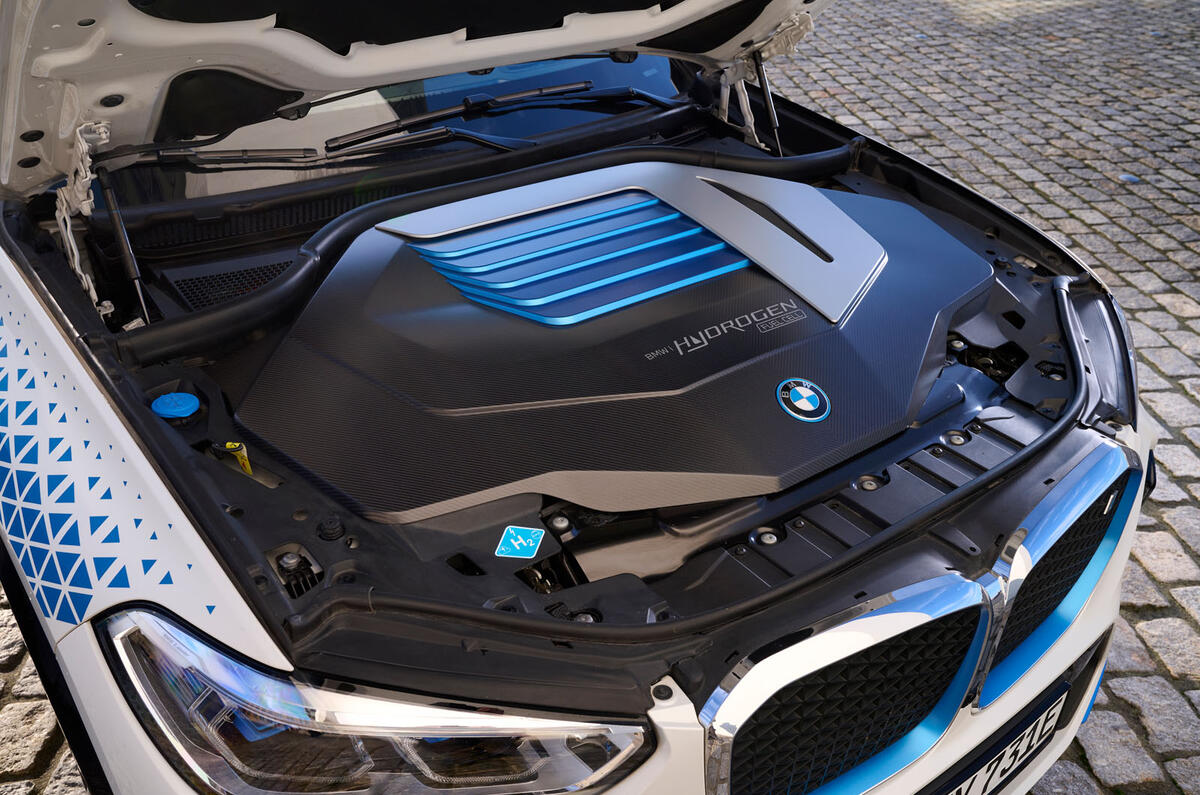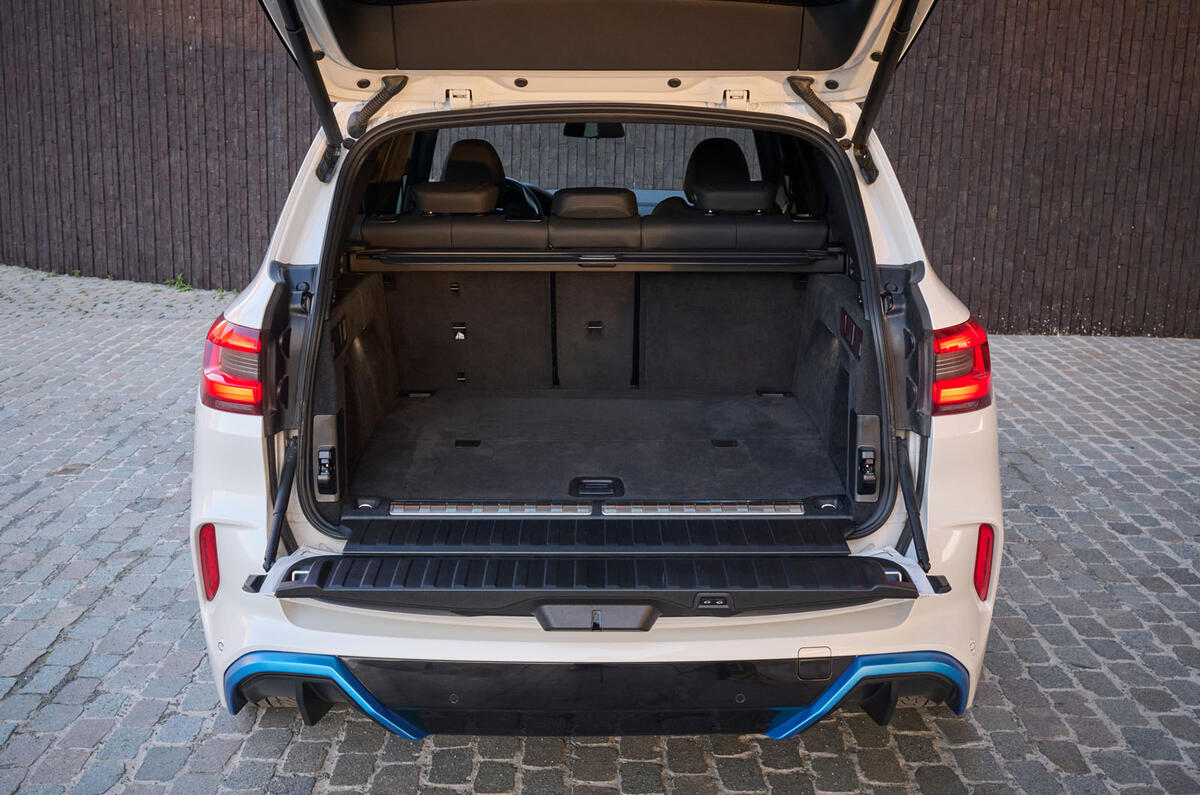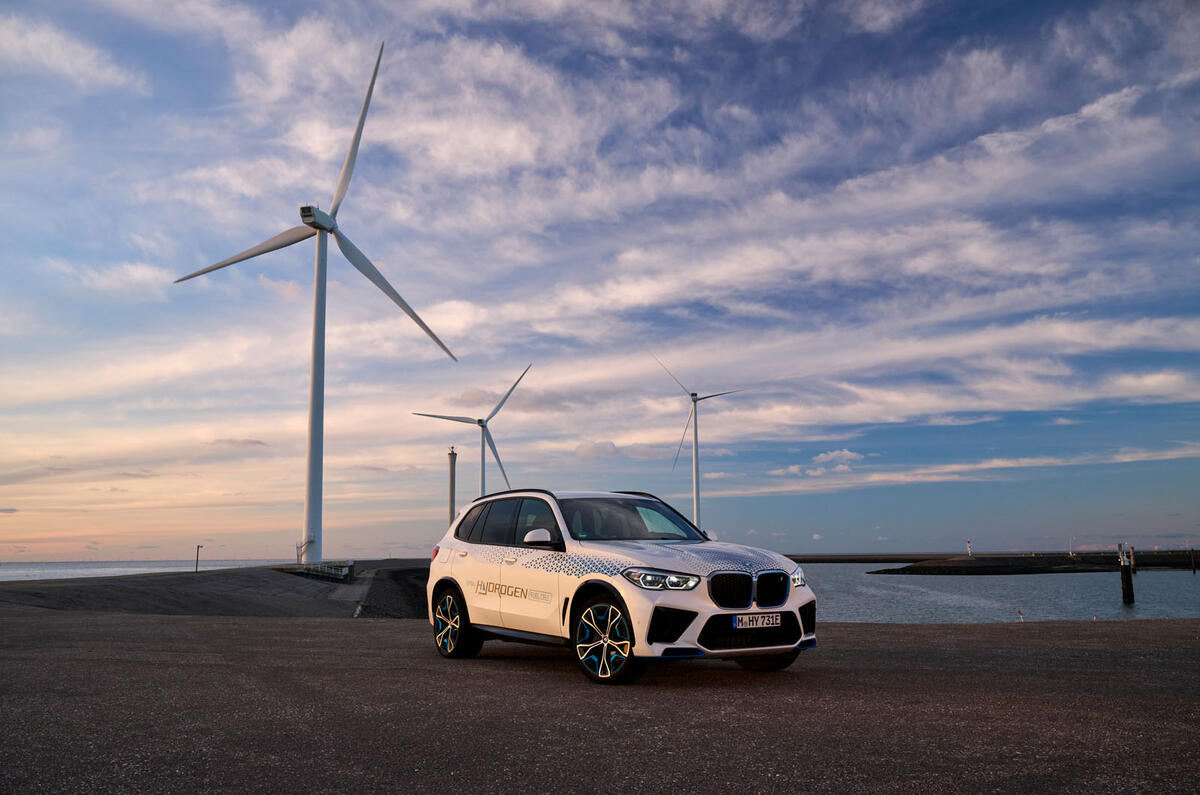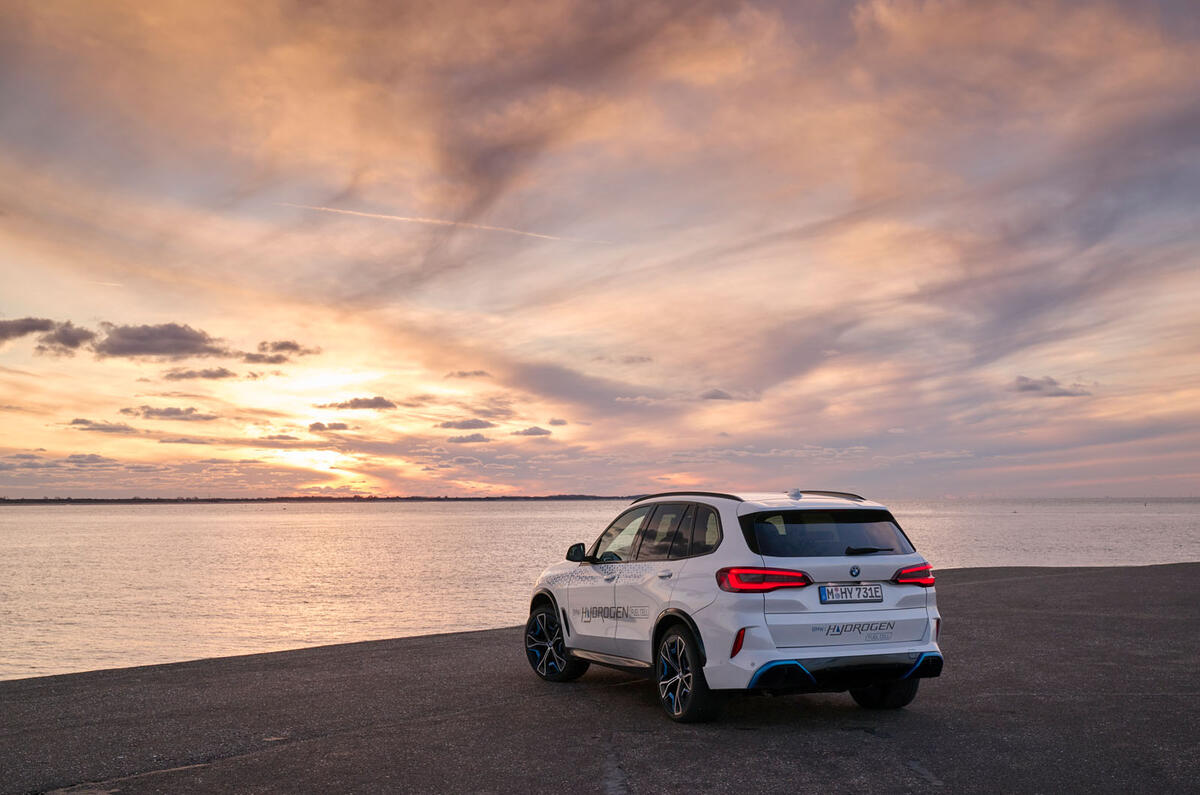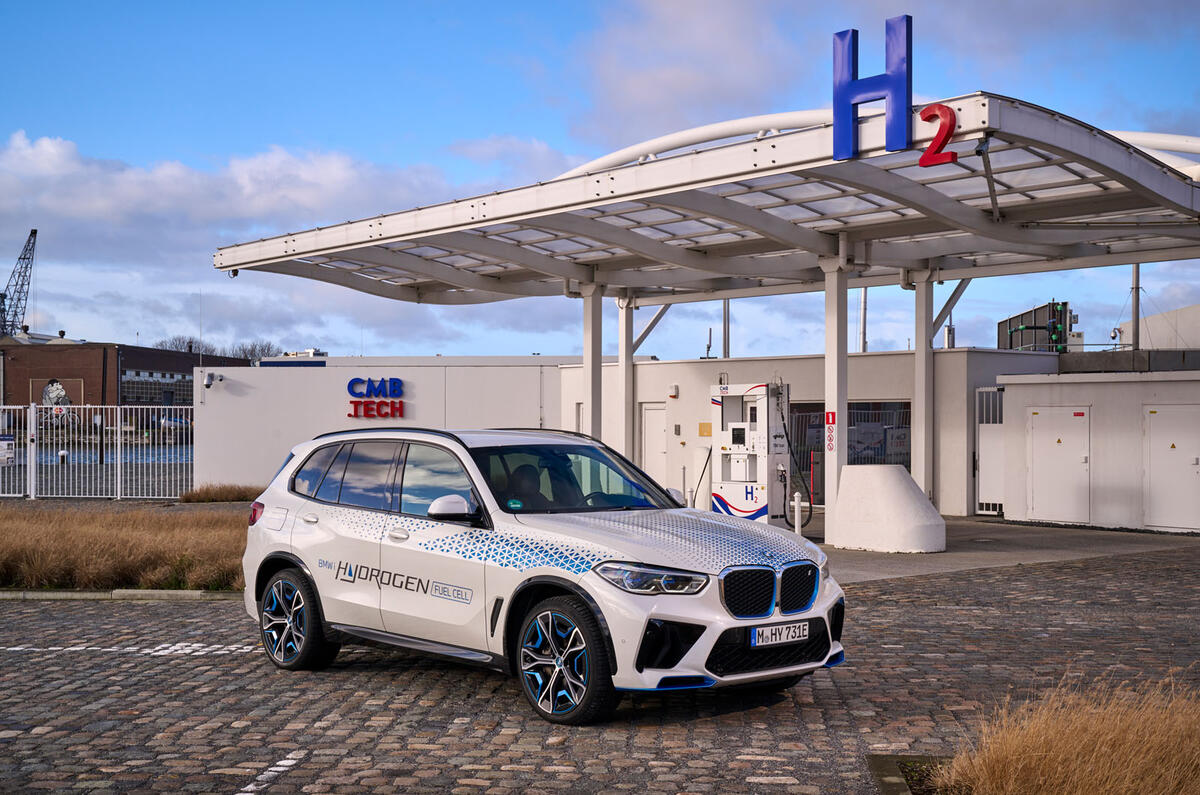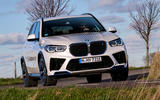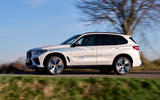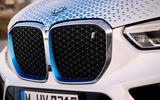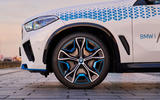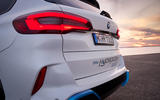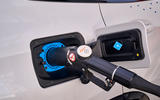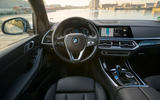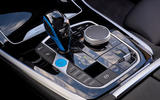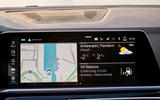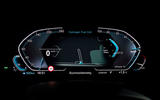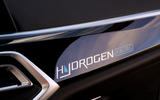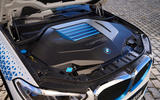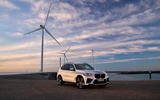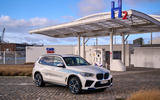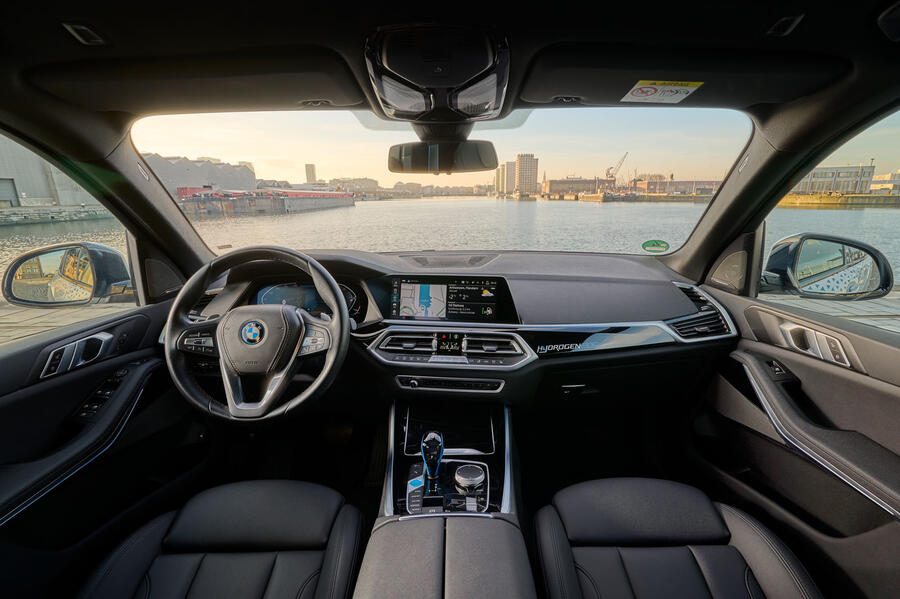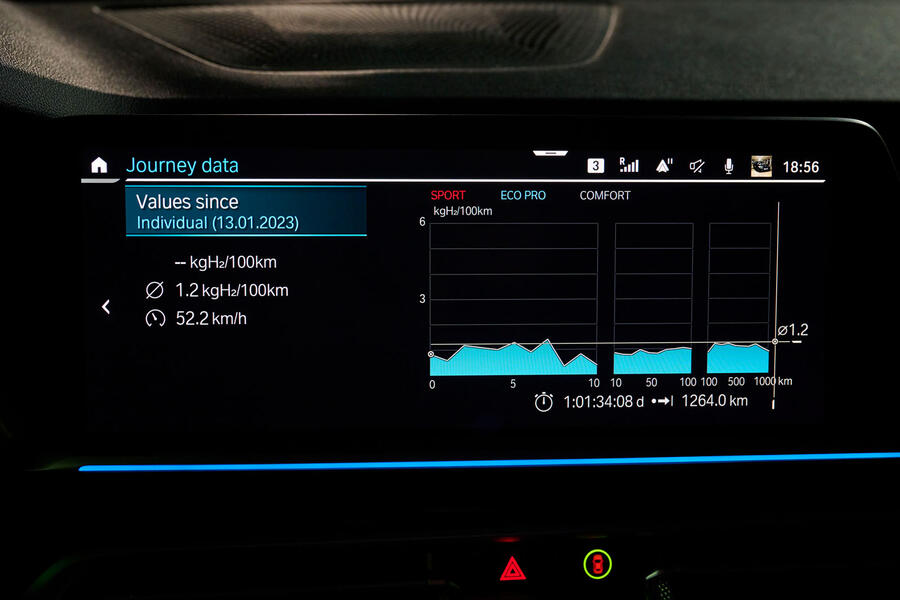In this business, it isn’t uncommon to come across new series-production cars that have been left conspicuously underdeveloped. But to find an experimental, proof-of-concept, never-for-selling machine that already feels very convincingly honed for public consumption? That’s quite unusual.
Of course, no matter how plausible the BMW iX5 Hydrogen seems in isolation, there remains the not-so-small obstacle of how to refuel the thing. With its carbon-encased cylindrical tanks speedily brimmed with 6kg of hydrogen, compressed to 700bar and cooled to-40deg C, the iX5 will in theory go 313 miles before needing to stop. However, with few refuelling stations on the ground in Europe, stopping in just the right place is the tricky bit.
Everything you need to know about hydrogen cars
BMW suspects that as heavy industry turns towards hydrogen and ICE options are legislated into the margins, a robust hydrogen refuelling network will germinate, such that using it for certain cars will in time become a no-brainer.
![]()
But that’s all hypothetical. For now, BMW’s goal is to be ready – readier than rivals, at least – for such an eventuality arising, and this is why the iX5 exists, albeit at a tiny scale.
Rather than being built en masse alongside every other X5 derivative at BMW’s vast SUV plant in South Carolina, the US, this hydrogen fuel-cell version is being hand-assembled in Munich, Germany, with fewer than 100 examples to be made.


